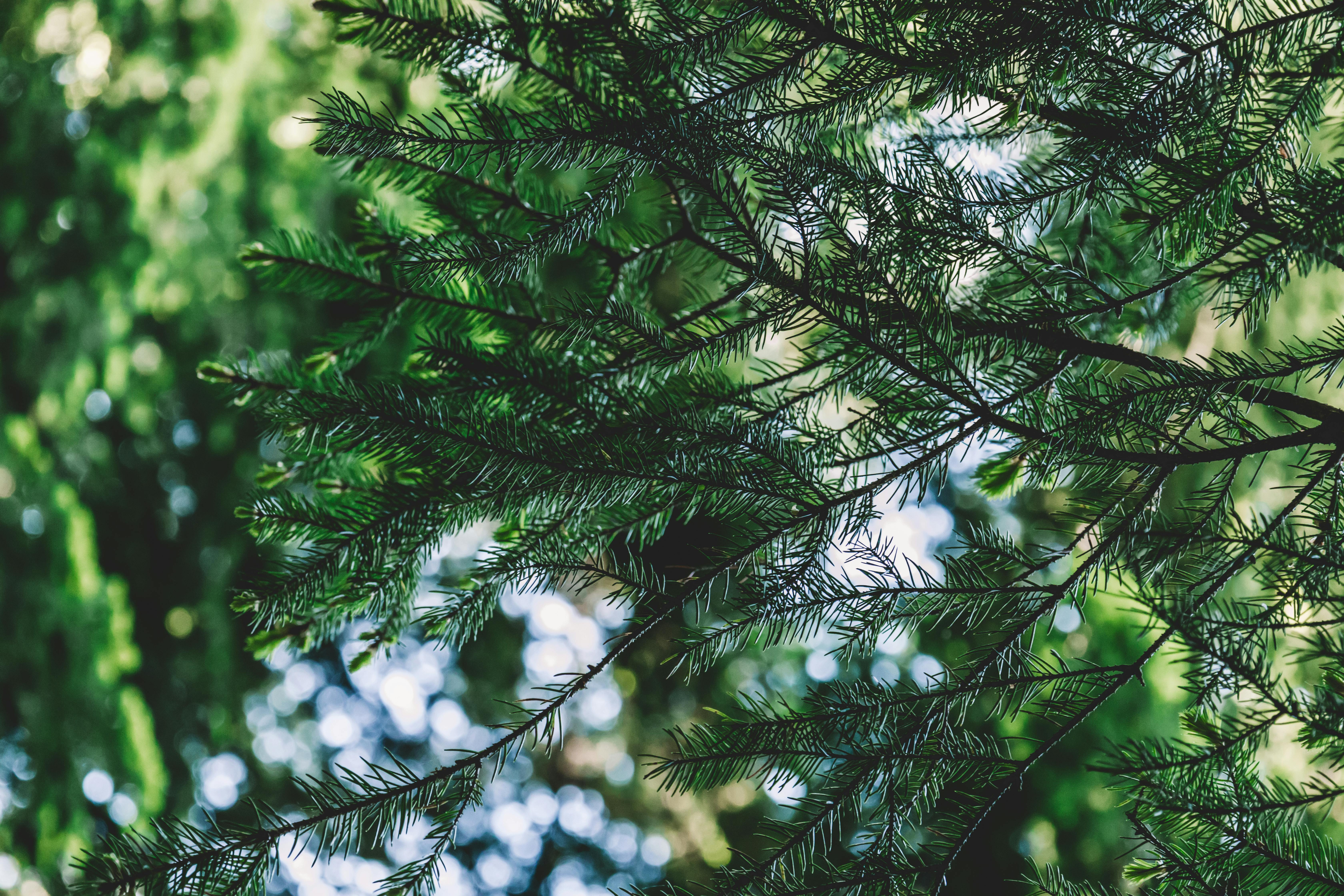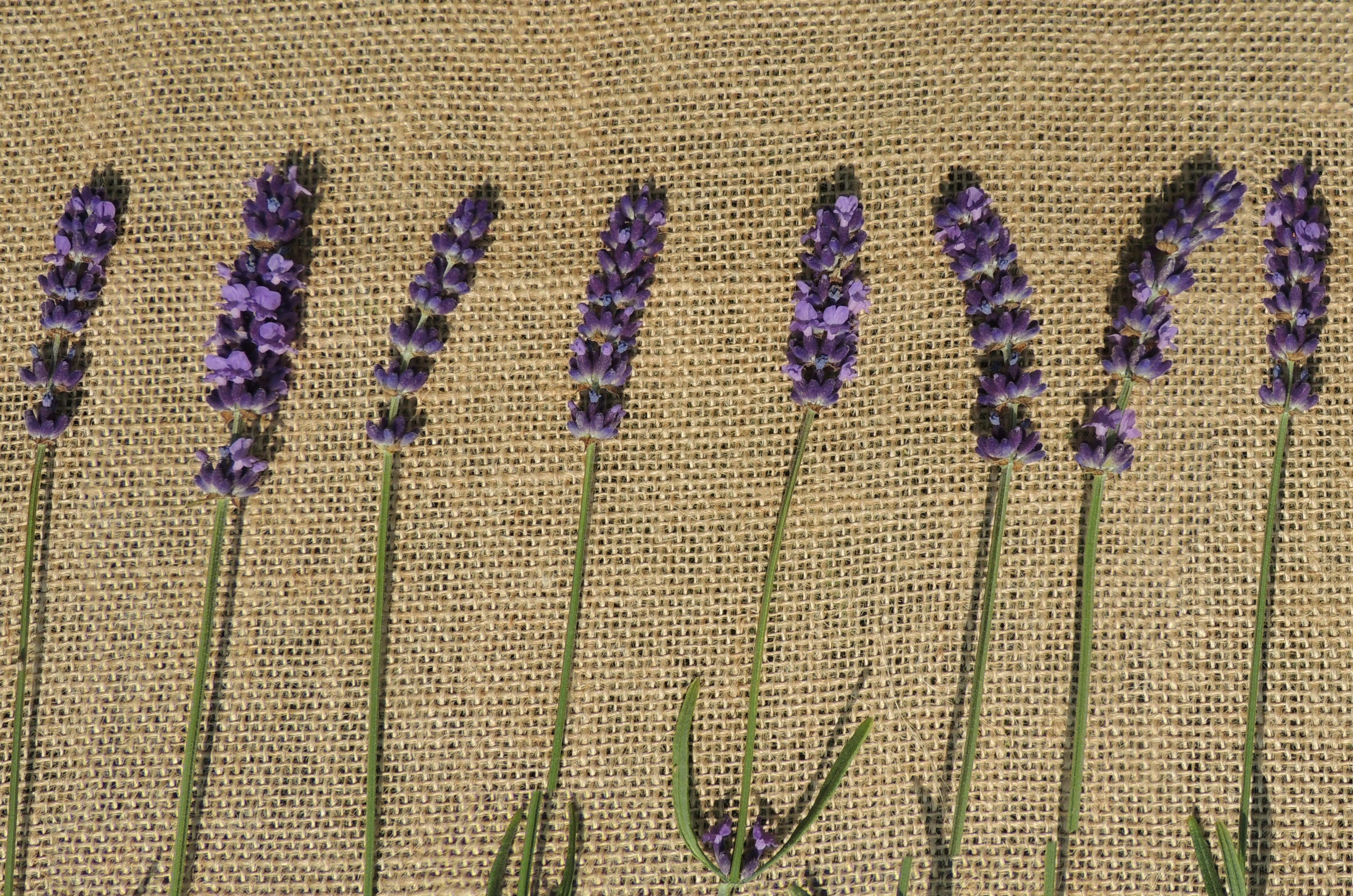Medinilla is a genus of flowering plants in the family Melastomataceae. It is widely distributed throughout the tropical regions of Asia and the Pacific Islands. The plant is known for its attractive, showy flowers and lush foliage. It is a popular houseplant and can be grown both indoors and outdoors. Medinilla plants come in a variety of shapes and sizes, ranging from small shrubs to towering trees. They are easy to care for and require minimal maintenance, making them ideal houseplants for novice gardeners.Medinilla Plant is a genus of flowering plants in the family Melastomataceae. They are tropical evergreen shrubs or trees native to the Philippines and Southeast Asia. Medinilla plants are prized for their large, showy clusters of pink, purple or white flowers that bloom from spring to fall. The leaves are generally large and leathery, and the fruits are small, edible berries. The plant is often found growing in moist, shady areas of gardens and landscapes.
Contents [hide]
Description of Medinilla Plant
Medinilla plant is a tropical evergreen shrub that is native to the Philippines and other Southeast Asian countries. It typically grows to a height of 3-4 feet and has dark green, glossy leaves. The stems are thick, woody and succulent with a downy texture. The flowers are large and showy with five petals that range in color from pink to purple, depending on the variety. The blooms are held upright on long stems and have a unique shape that resembles a lantern. Medinilla plants are very easy to care for and require little attention once established. They prefer partial shade and moist soil that is well draining but not overly wet. They can be pruned regularly to maintain their shape, however they may need more frequent pruning in hotter climates. Fertilizing should be done sparingly as too much fertilizer can damage the roots of the plant. With proper care, Medinilla plants can provide vibrant color and lush foliage for many years.
Classification of Medinilla Plant
Medinilla, a genus of flowering plants in the family Melastomataceae, is native to tropical Asia and Africa. The genus is made up of around 100 species of evergreen shrubs and small trees. These plants are best known for their large inflorescences that have a multitude of colorful bracts, which often resemble berries. It is these bracts that give Medinilla its common name, “the chandelier plant”. The flowers themselves are typically white or pink in color and are highly fragrant.
The classification of Medinilla plants can be divided into two categories: species and hybrids. Species are those plants that have not been bred or crossed with other plants. Hybrids on the other hand are the result of crossing two or more species in order to create a plant with desirable traits from both parents.
The most commonly cultivated species of Medinilla are M. magnifica, M. grandis, M. myriantha, and M. malabarica. These four species account for the majority of cultivated Medinilla plants available today. Each species has its own unique characteristics such as flower size, flower coloration, and leaf shape which can help distinguish it from others in the genus.
Hybrid Medinilla varieties have become increasingly popular in recent years as they offer gardeners more options when it comes to choosing the perfect plant for their landscape. Hybrid varieties come in a wide range of colors, sizes and shapes and can be used to fill gaps in landscape design or to create an eye-catching focal point in any garden setting.
Overall, Medinilla is an attractive and easy-to-grow genus that has something to offer every gardener from novice to expert alike. With its beautiful flowers and unique foliage it is sure to make an impact wherever it is planted!
Origin of Medinilla Plant
Medinilla is a genus of flowering plants in the family Melastomataceae. The genus is native to tropical regions of Southeast Asia and the Pacific Islands. It includes over 150 species, many of which are highly sought after for their attractive flowers and foliage.
The genus was first described in 1825 by French botanist Pierre-Joseph Redouté. He named the genus after José de Medinilla y Pérez, who was the Spanish governor-general of the Philippines from 1816 to 1820.
Medinilla plants are popular among gardeners and flower lovers due to their large, showy flowers and attractive foliage. The flowers come in a variety of colors including white, pink, purple, yellow, and orange. The foliage is usually evergreen and can be quite ornamental with its glossy leaves and striking coloration.
These plants require plenty of moisture during growth but can tolerate dry periods when mature. They prefer warm temperatures but can survive short periods of cold weather if they are kept dry. They also prefer moist soils with good drainage to prevent root rot or other fungal diseases from developing.
Medinilla plants are relatively easy to care for, making them popular choices for home gardens and landscaping projects. These plants make an excellent addition to any garden or landscape as they provide visual interest all year long with their colorful flowers and attractive foliage.
Uses of Medinilla Plant
Medinilla plant is a tropical flowering shrub that has several uses. It is widely grown as an ornamental plant in gardens, parks, and on balconies in many tropical countries. Its showy inflorescence is composed of pinkish-purple flowers, which are popular among gardeners. The flowers can be used to make decorative wreaths and garlands for special events or decorations. The leaves of the Medinilla plant are also edible and can be used to make tea or cooked in a variety of dishes. Additionally, the stems and roots can be boiled and used as an herbal remedy for fever, stomach pains, and headaches. The medicinal properties of the Medinilla plant have been studied extensively by researchers to investigate its potential health benefits. In particular, it is believed to have anti-inflammatory properties that may help reduce swelling and pain associated with arthritis or other inflammations. Furthermore, some studies suggest that extracts from the Medinilla plant may have anti-cancer properties as well. These studies are still in the preliminary stages but suggest that further research could yield promising results.
In addition to its medicinal uses, the Medinilla plant has been used traditionally as an ornamental houseplant due to its attractive flowers and foliage. It is also popular among florists who use it to create bouquets and floral arrangements for special occasions or holidays. Lastly, it is sometimes used as a decorative element in landscaping designs due to its relatively low maintenance and long-lasting beauty when planted in gardens or yards with shade or partial sun exposure.

Growing Conditions for Medinilla Plant
Medinilla plants need well-draining soil, high humidity, and bright indirect light to thrive. They enjoy temperatures between 65-80°F (18-27°C) and should be kept away from direct sunlight. Watering should be done regularly but not too often; allow the surface of the soil to dry out in between waterings. If the leaves start to turn brown or yellow, this could be a sign of overwatering. Fertilize every few weeks with a balanced fertilizer during the growing season and discontinue fertilizing in winter. Pruning is also important for Medinilla plants as it can help to keep them compact and encourage new growth. Unwanted branches can be pruned just above a leaf node or joint. Repotting should only be done every two or three years; use a well-draining potting mix and make sure not to bury the stem too deeply when transferring the plant into its new container.
Care
Medinilla plants are easy to care for and require minimal attention. They prefer bright, indirect light and warm temperatures between 65-85°F (18-30°C). Water when the top 2 inches (5 cm) of soil is dry and avoid over-watering. Feed monthly with a diluted balanced liquid fertilizer during the growing season, spring through summer. Repot every two years with a fast-draining potting mix, such as one part peat moss, one part perlite/vermiculite, and one part bark.
Maintenance
To keep your Medinilla plant looking its best, pinch off dead or brown leaves as necessary to encourage new growth. Pruning should be done in late winter or early spring before blooming begins. Remove any damaged stems or branches at the base of the plant with sharp pruners. Deadheading spent flowers can also help promote more blooms. Finally, check for pests such as mealybugs and spider mites regularly and treat any infestations promptly.
Overwatering
Medinilla plants are sensitive to overwatering, as too much water can cause root rot and eventually kill the plant. To avoid this, water your Medinilla only when the soil is dry to the touch. Do not let the soil become soggy or overly wet. If you notice drooping or yellowing leaves, it may be a sign that you have been overwatering.
Underwatering
On the other hand, underwatering can also be a problem for Medinilla plants. Make sure to keep the soil evenly moist and never allow it to completely dry out. If you notice wilting or curling leaves, this may be a sign that your Medinilla is not getting enough water.
Temperature Stress
Medinilla plants prefer warm temperatures between 65-85°F (18-29°C). They do not tolerate temperatures below 50°F (10°C), so if you live in a colder climate make sure to keep your Medinilla away from cold drafts and windows. Additionally, sudden temperature changes can cause stress on the plant, so try to keep the temperatures stable if possible.
Pest Infestations
Medinillas are prone to pest infestations such as aphids, mealybugs, scale insects, and spider mites. To prevent infestations, make sure to inspect your plant regularly for signs of pests and treat them immediately with an insecticidal soap or horticultural oil spray.

Conclusion
Medinilla plant is an interesting and beautiful addition to any home or garden. It requires minimal care and attention, but its flowers and lush foliage will reward the effort. The plant is easy to propagate with cuttings or seeds and can be grown both indoors and outdoors, depending on the climate. Many people enjoy using the flowers for decoration, in bouquets, or in dried arrangements. Medinilla plants are also a great choice for those looking for a low-maintenance houseplant that will add life and colour to any space.
Overall, Medinilla is an attractive and versatile plant that will brighten up any home or garden. Its vibrant flowers make it a great choice for brightening up an area or adding colour to an arrangement. With its easy-to-care-for nature, Medinilla is perfect for anyone looking for a long-lasting houseplant that will provide beauty into their home or outdoor space.

0 Comments